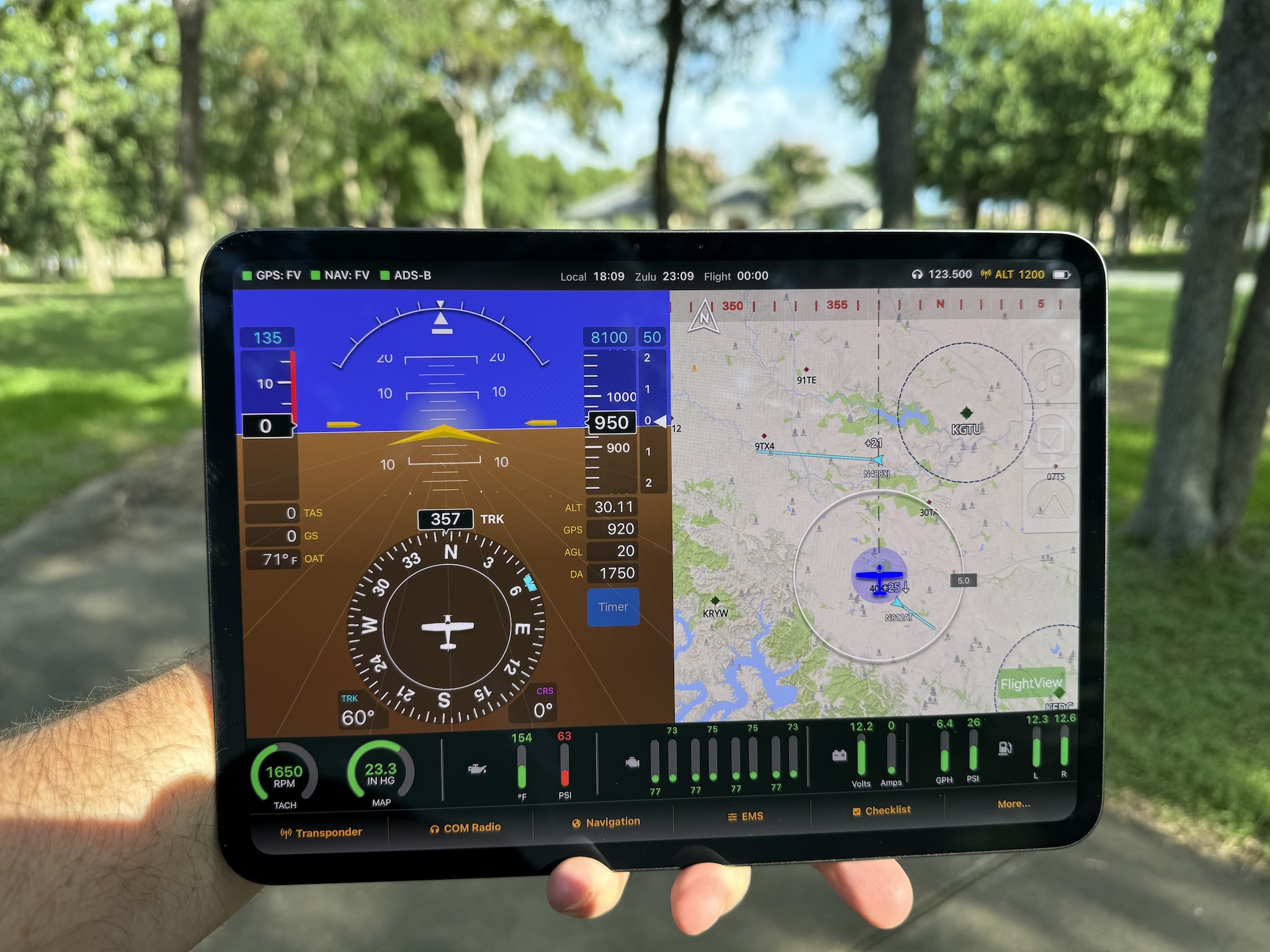This week the National Transportation Safety Board (NTSB) released its annual “Most Wanted” list – a catalog of ten transportation safety improvements that they want to prioritize for the next year. For the fourth year in a row, general aviation accidents – specifically, loss of control accidents – remained on the list. (Considering that all GA accidents kill roughly 300 people each year – compared with 5,000 motorcyclists and 25,000 motorists – you would think the NTSB would find richer targets for improvement. But I digress…) I have a suggestion for them. If they want to do something about GA accidents, they should ask their friends at the FAA to radically revise the certification requirements for retrofit upgrades.
That might sound a bit odd, so let me explain my thinking.
First, we have to recognize that loss of control accidents are a people problem: Pilots who haven’t flown but a few hours in the past several years who suddenly get a bug to fly into Oshkosh. Pilots who don’t think they need to go through transition training for their shiny new airplane. Pilots who have flown the same mission so many times that they think they can make a perfect landing while texting. To put it bluntly, you can’t fix stupid – and we’re all stupid at some point. The lucky ones survive it.
So if you can’t fix people, what can you fix?
Airplanes.
Better technology is one of several factors that have all but eliminated accidents in commercial aviation. Upgrading the GA fleet with a limited amount of automation which could prevent a loss of control accident is easily within our technical grasp. The problem is not the technology, but access to that technology. The current regulations make it economically infeasible to upgrade certified airplanes. The FAA knows this, but thus far has only been able to take baby steps to remedy the situation.
Last year saw the release of Memorandum authorizing the installation of basic, stand-alone angle of attack (AoA) indicators. The installation is automatically deemed to be a minor modification thus avoiding the need for an STC. This is definitely a step in the right direction. AoA provides a much more accurate view of the airplane’s available lift. Unfortunately, as with the other baby step on digital attitude indicators, the AoA must not connect with or provide data to any other system. “Here’s some really useful data but it can only go to this little display on the glareshield.” WTF, FAA?
What we really need is inexpensive “envelope protection” – the industry term for the sort of automation that could detect and avoid an impending stall. Envelope protection requires that aircraft be retrofitted with a computer system commonly called an Electronic Flight Information System or EFIS. The EFIS processes data from various sensors – airspeed, AoA, GPS, AHRS – and sends commands to the autopilot and (some day soon) the autothrottle. In the event of an incipient stall, the EFIS would first warn the pilot, then enact a recovery procedure if the pilot does not react in time. It may sound overbearing, but it might also save your life.
At this time there are only a handful of manufacturers who offer retrofit EFIS solutions for certified airplanes. Garmin. Avidyne. Bendix King. Aspen. These system start out at $20k and can easily cost as much as $150k. It would be difficult to justify pouring $20k for an Aspen into my Grumman Tiger. I can’t imagine anyone putting that kind of money into a Cessna 150 or a Piper Cherokee. The low end of GA is effectively locked out of potentially life-saving upgrades based on cost.
The high cost of upgrades is largely based on the certification and approval requirements. Manufacturers must use design assurance and validation processes created for the air transport industry. They must follow an arcane process (DO-178C) that effectively prohibits the use of off-the-shelf open source operating systems. The certification process for something like an EFIS can easily add millions to the cost of development. All of these processes and testing requirements are mandated in the name of safety, but the result is actually the opposite: most GA aircraft are stuck in 1970s.
Compounding the frustration is the fact that an EFIS for a GA airplane does not have to cost a great deal. There are several very capable and very well tested systems available for the Experimental and LSA markets that could easily evolve to offer envelope protection. Products from Dynon, MGL, Advanced, TruTrak and even Garmin have all the necessary sensors and processing power to save lives, but are “not presently authorized” (in the words of FAA chief Michael Huerta) for use in certified GA aircraft.
If the NTSB wants to save the lives of GA pilots and passengers, it should look next door and ask the FAA to expedite the guidance changes that will allow affordable safety-enhancing technology to reach the market. It’s either that or find a way to fix stupid.

